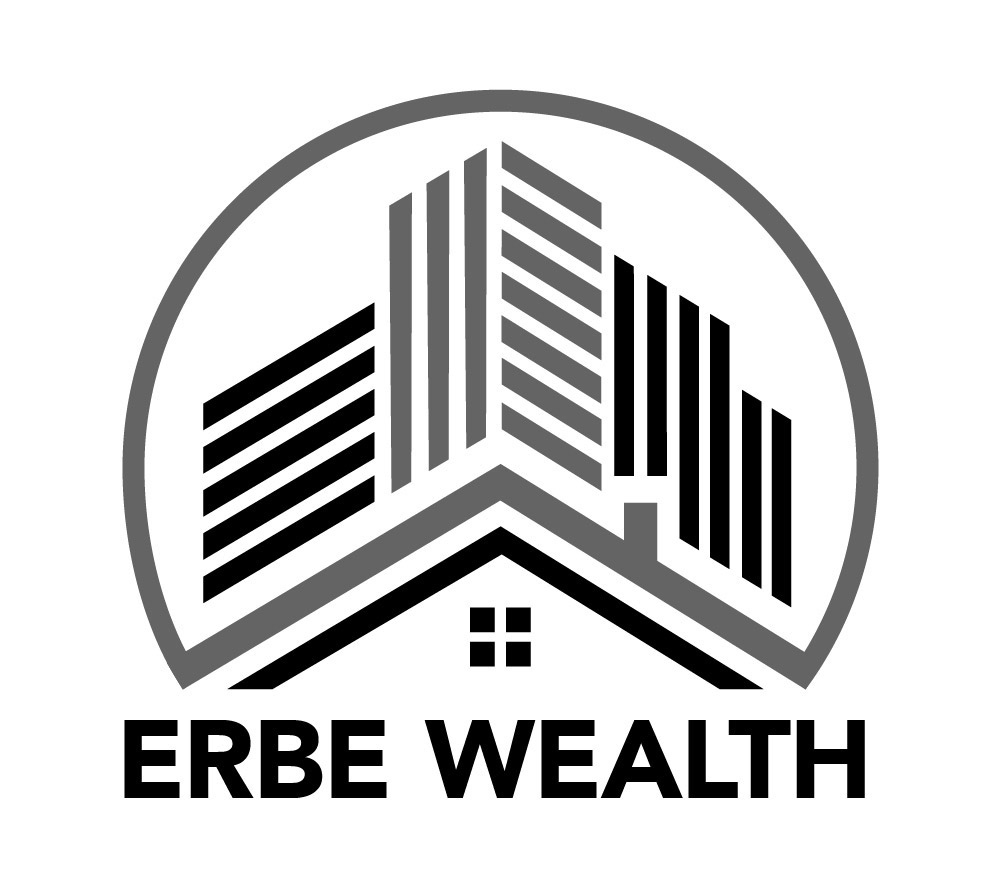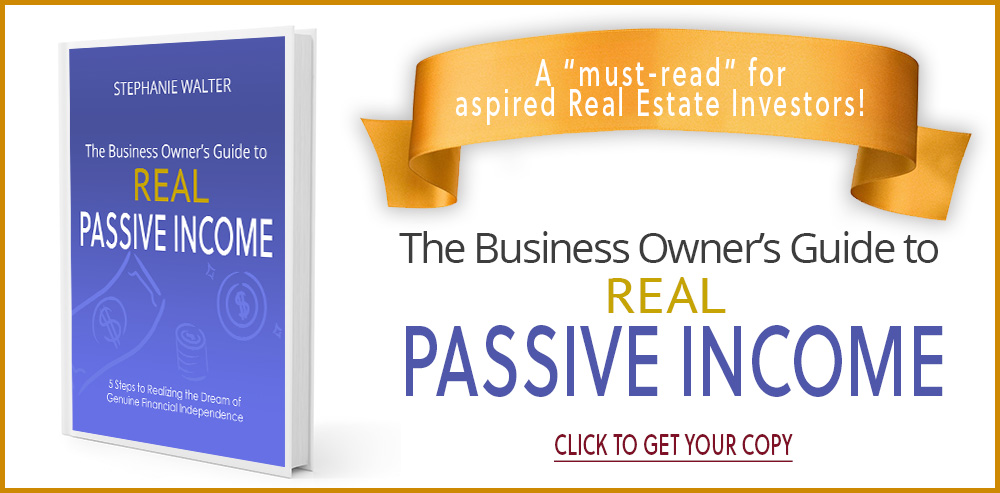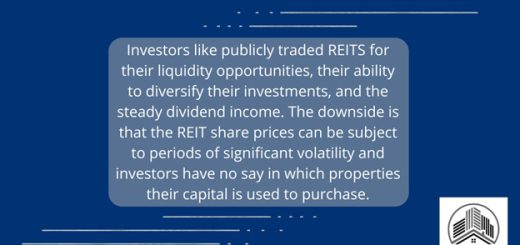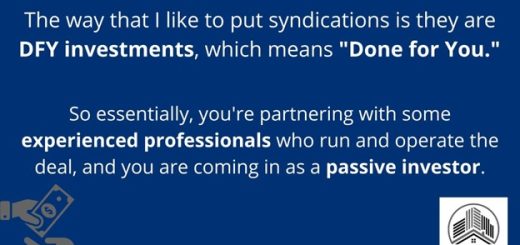Multi-Family Real Estate
by Erbe Wealth · Published · Updated
Interviewer:
Starting at the very top, what is multifamily residential real estate?Stephanie Walter:
Well, it’s basically a big word for a residential apartment building. Apartment buildings can be as small as duplexes or triplexes, but it’s really just indicating that more than one family resides there in a single building.
Interviewer:
What are the different types of multifamily real estate?Stephanie:
There are many different types. One is a garden level which is just a single level of apartments. Then you’ve got your duplexes, triplexes, and fourplexes. You also have townhomes which are separate houses that share a wall. What a lot of people are familiar with are the multi-story apartment buildings. Those are two or three stories of apartments, big buildings with maybe 20 or 30 units in each one. Then there are high-rise apartments which are the buildings you see in a more urban setting. You’ve got elevators in those, and they might be more of a luxury, high-end building that you’d commonly find in a downtown area. There is also mixed-use, where you see the retail centers on the first level and living areas and apartments above.Interviewer:
Just tell me one thing: Is there a difference between commercial multifamily and residential multifamily? Tell me about the difference between up to four units and anything above four units.Stephanie:
Yes, anything bigger than four units is considered commercial and would fall under the type of investments we look at. Anything lower than five units in a building is considered for loans and all of that stuff; it’s treated as a single-family rental.
Interviewer:
Exactly, so it’s about banking regulations, isn’t it? All right, tell me briefly, how do people make money in multi-family residential real estate?Stephanie:
There are a lot of different ways to make money in multifamily real estate; what I do is syndication, so I bring passive investors in to invest. As for making money, there are several ways that the investors get paid. The first way is they get a passive return, actually monthly cash flow that’s paid to them. After we acquire the building, it takes us about three months to stabilize it. And then, after that the investors receive monthly cash flow that is paid every month until we sell the property.
The second way you make money is based on the appreciation of the property. We do things to increase the value of the multifamily property by increasing income because this property is really a business. We are very familiar with lots of ways to make this business run more efficiently and productively by lowering the expenses and increasing the income. And so, every property has its own unique business plan that we run from day one to produce great results. Our goals are to sell the property within three to five years and to always double our investors’ money in that time frame. So, the second way someone will get paid is when we go to sell or refinance the property. Our standard is to return over 20 percent per year to our investors.
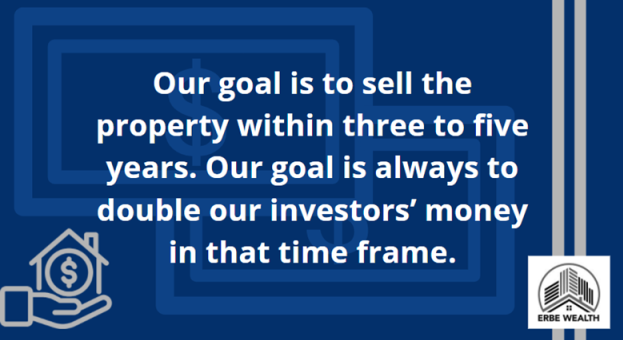
The third way the investors get paid is through major tax savings that you receive through investing in these projects. Most people who have invested in single-family rentals in the past have never heard of this tax strategy, but it is something we take advantage of on every property we acquire. It is called accelerated depreciation cost segregation. It’s just a fantastic way that you get serious tax savings every year by owning a part of the property.
Interviewer:
What are the best places to invest in multifamily real estate?Stephanie:
For us, we’re very specific. We look at places that have projected population growth and job growth. We look very closely at all of our markets to be sure there’s economic diversification. We like to find what are called emerging markets, which are areas that are just starting to grow and get in before, the area is completely developed or overdeveloped. Specifically, we know and focus on Florida and the southeastern U.S. Florida is our favorite for lots of reasons #1 being tremendous historical population and job growth. There’s a huge housing shortage in the areas we focus on in Florida, and on top of that, Florida is a very pro-business state and a very landlord-friendly state. So Florida encompasses everything we are looking for and is where we are looking to invest.
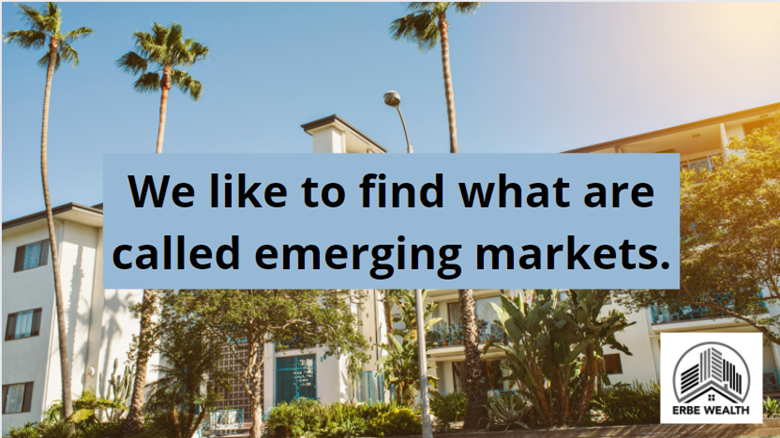
Interviewer:
All right, perfect. Stephanie, how do you find multifamily deals?Stephanie:
We find our deals by word of mouth and the relationships that we’ve established in the markets where we’re looking to buy. So, the deals are coming to us directly before the property is advertised to the general public. These are called pocket listings. And really, it means that we’re just getting a great deal right away because our philosophy is we want to make our money on the buy. We never buy with the hope of future appreciation though we are very confident of that as well. But we are very, very conservative in our approach.
Interviewer:
What can go wrong with multifamily investing?Stephanie:
Well, losing your money is the biggest risk I can think of, but it’s very unlikely. We’ve never lost money for our investors on any of our past deals. In fact, more important than that, we have never missed a distribution payment to our investors. We’ve never lost money for our investors, period.

I think a more realistic risk is that you won’t earn the returns that were outlined by the syndicator/sponsor in the proposed property summary and the Private Placement Memorandum. And that’s why you need to thoroughly vet your syndicator/sponsor and their team for their past track record of performance, specifically really looking at their experience through different market cycles. You need to look into the transparency of the syndicator and the communication that the syndicator has with his investors. It’s hugely important once you get into an investment to know what’s going on and have regular communication and reports.
